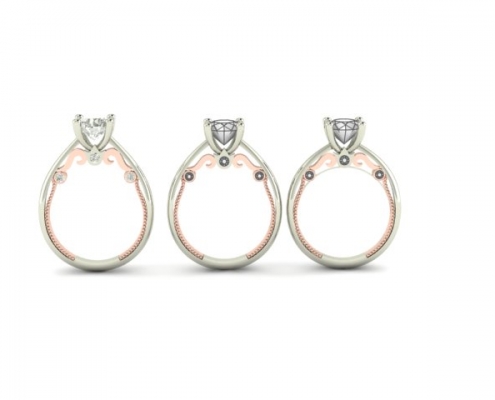
3D Drawings Help To Visualize
If you want to remodel old jewellery...
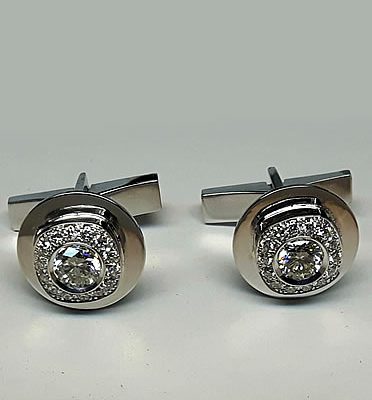
A heartwarming custom design!
We all crave to remember loved ones...

How to Spot a Fake Diamond
I was recently asked, “when you look at a diamond with that miniature telescope thingamajiggy, what the hell are you really looking at?”
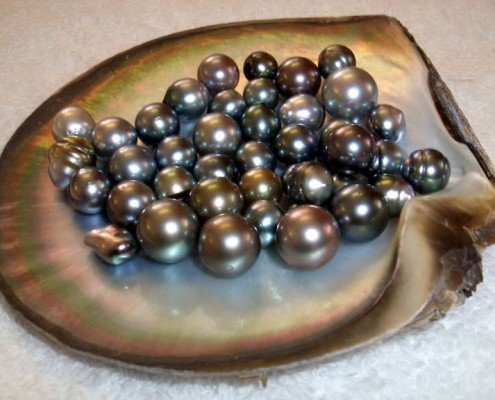
Have You Tried The Tooth Test?
With the increase in popularity of pearls, we all want to know if our pearls are genuine or fake. Try the “tooth test!”
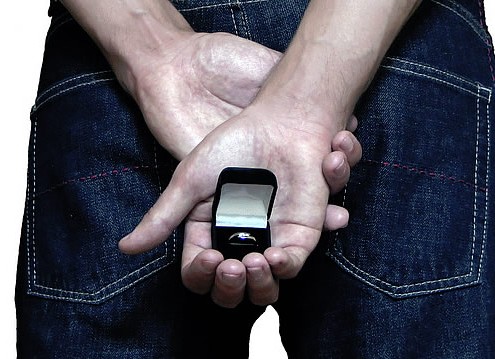
Know Your 4 Cs When Diamond Shopping!
Whether you’re buying a diamond for the first time or remodeling grandma’s heirloom – know the 4 Cs!
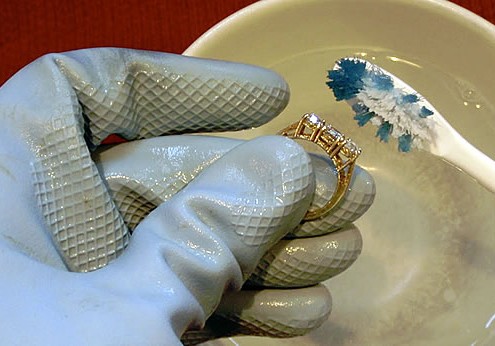
Caring For Your Jewellery at Home
Some useful tips. Clean your diamond and gold jewellery with an old toothbrush, and mild liquid soap.
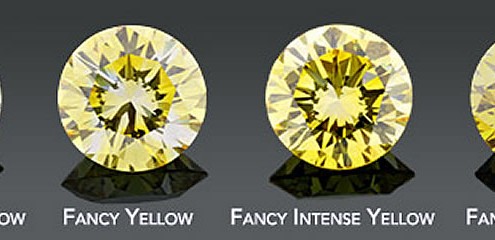
Why are Fancy-Coloured Diamonds so Rare?
Only one in 100,000 diamonds has a deep enough natural colour to qualify as a ‘fine, fancy-coloured diamond’.
